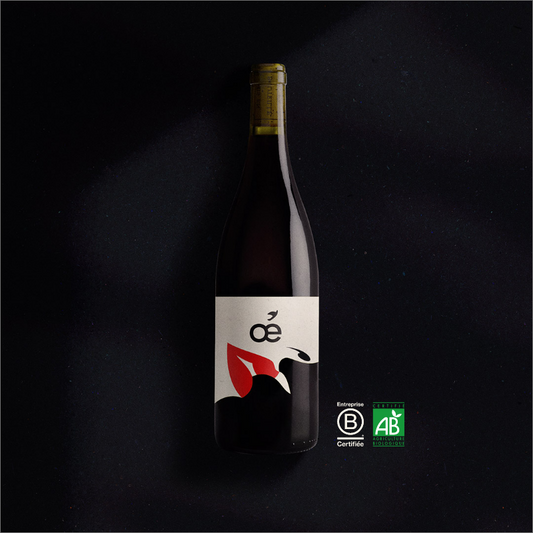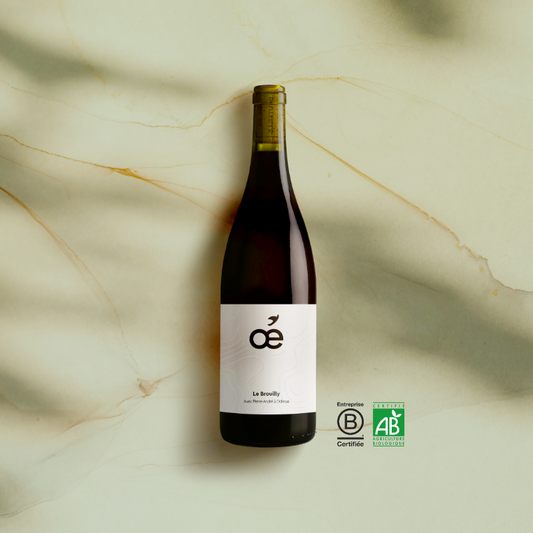What are we talking about when chatting “biodynamics”? A new technique for blowing up organic fields and vines? A trend to characterize our “bio-dynamic”, “healthy-yoga” friend? All the secrets revealed!
Biodynamic agriculture, also commonly called biodynamics, deserves to be perceived as a philosophy or an original vision of the world, which affects the practice of agriculture in various ways. You must first think "biodynamic" to practice it. It does not replace the good practices of organic farming (which it actually precedes), but improves and amplifies them.
The “roots” of biodynamic agriculture
Biodynamic viticulture is not new. It emerges from between the two wars, in 1924 more exactly, when Rudolf Steiner, an Austrian scientist and philosopher, undertook a major program of training farmers by precepts resulting from years of observation and experimentation in the natural environment. .
In the early 1920s, a group of farmers facing declining soil, plant and animal health sought advice from Rudolf Steiner. From a series of eight lectures held in Germany in June 1924, he set out the basic principles of biodynamic agriculture. These conferences were both a response to these farmers, and the beginning of a revival of agriculture.
Today, it is practiced on thousands of gardens, farms, vineyards, and in France, its results in viticulture no longer need to be proven.
The leitmotif of biodynamic agriculture
The agricultural organism is a whole whose parts (soils, plants, men, animals, biodynamic preparations and cosmic and climatological influences) are in interaction.
If we had to define biodynamic agriculture in two words, it would be the long term . Yes, it is a movement which, through its philosophy, wishes to guarantee future generations a quality of soil and agricultural production managed in a more optimal way.
Today, traditional agriculture makes heavy use of chemical herbicides and insecticides . Biodynamics chooses to change this trend and cultivate healthier land. One important thing that biodynamics allows is the return of the earth to a state of good health. Fertilizers, pesticides and herbicides are not used and are even prohibited in grapes.
This biodynamic philosophy of life is based on the fact that each farm is considered as a form of living organism that aims to become self-sufficient. Based on respect for biodiversity, this vision of agricultural production tends to regenerate landscapes and preserve soil fertility rather than depleting its resources, in order to produce healthy and sustainable food.
The “tambouille” of winegrowers
To improve the life of the soil and act on certain metabolisms of nature, biodynamics requires the use of natural substances only. Biodynamics also uses methods that are similar to homeopathy. The winegrowers “energize” the plant and its environment through the earth and the air by spraying small doses of preparations made from natural products: manures, cow dung, horns, plant decoctions; all assembled using complex methods. the biodynamic preparations “encourage” the plants and respectively allow the amplification of the lumpy structure of the soil.
In the vineyard dressed as Adam and Eve?
To produce biodynamic wine, the estates put the vine at the heart of their priority . A link, an exchange is created between vine and winemaker. By stimulating the life forces of the plant, biodynamic wine producers offer you a new way of discovering wine.
A biodynamic winemaker is first of all, for sure, a winemaker who has certification in organic farming. Driven by a strong conviction , the biodynamists go further and strive to restore balance, resistance and vitality to the vines and the soil. This goes for example to the recovery of rainwater , useful for preparing herbal teas and other “magical” decoctions!
For the period of pruning and other work in the vineyard, biodynamics takes into account the lunar and planetary rhythms, based on "the sidereal rhythm", namely a cycle of 27.3 days which separates two successive passages of the moon in front of the same group of stars.
During vinification, the additions of chemical compounds allowing better control of fermentation are strongly limited in organic and biodynamic methods. The famous “sulphites” for example, or additions of sulphur, which make it possible to stabilize the wine so that it does not turn sour, must not exceed 150 milligrams per liter of red wine in conventional viticulture. It's 3 times less in organic cultivation, and 10 times less in biodynamics (no more headaches!).
Even if vine leaves do not (or hardly) make up the wardrobe of winegrowers, their practices are a true philosophy of life. This singular viticultural and wine-growing approach perfectly reflects the quality of the terroirs from which the wine comes.
“Biodynamics a philosophy of life”





